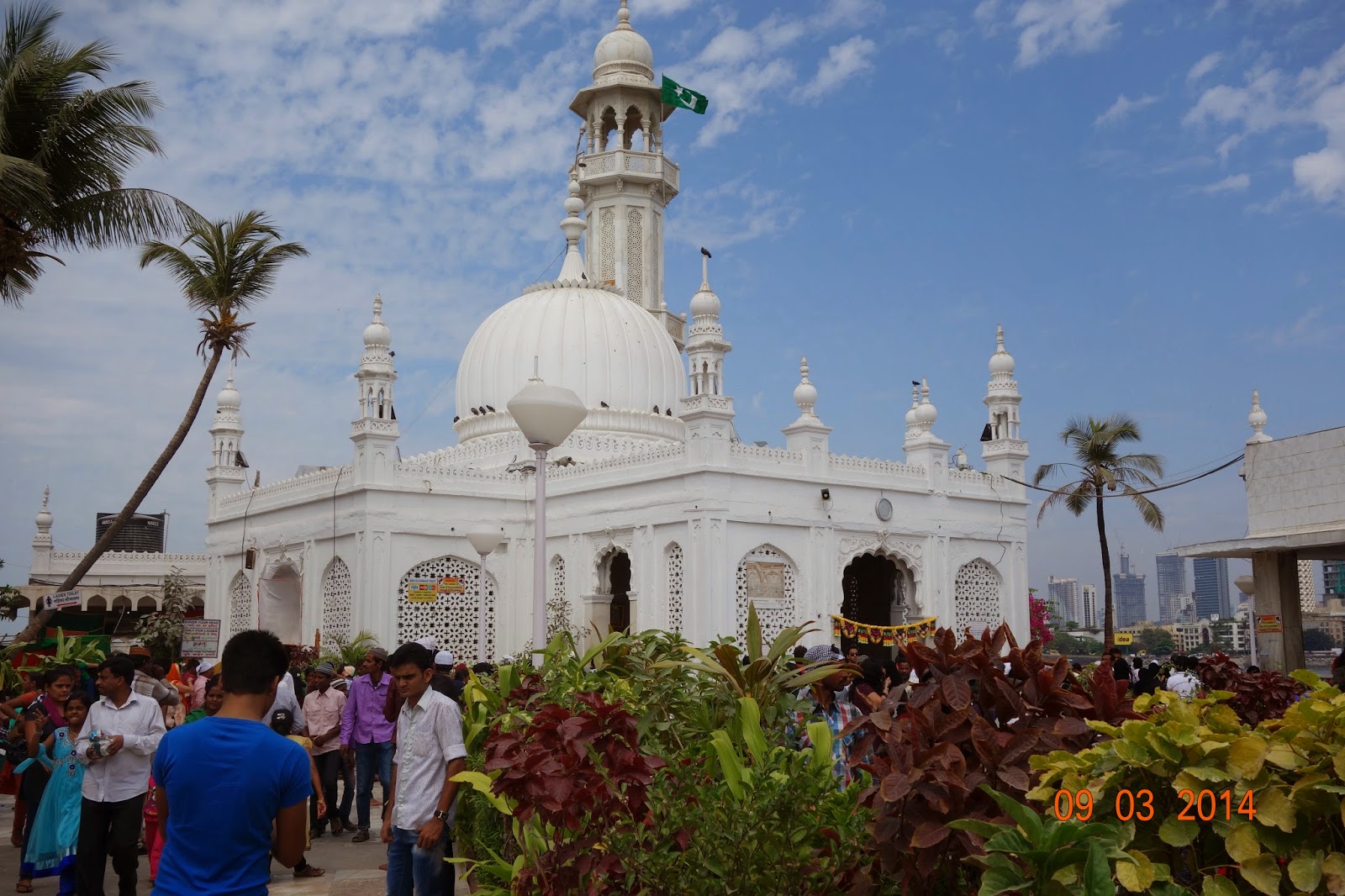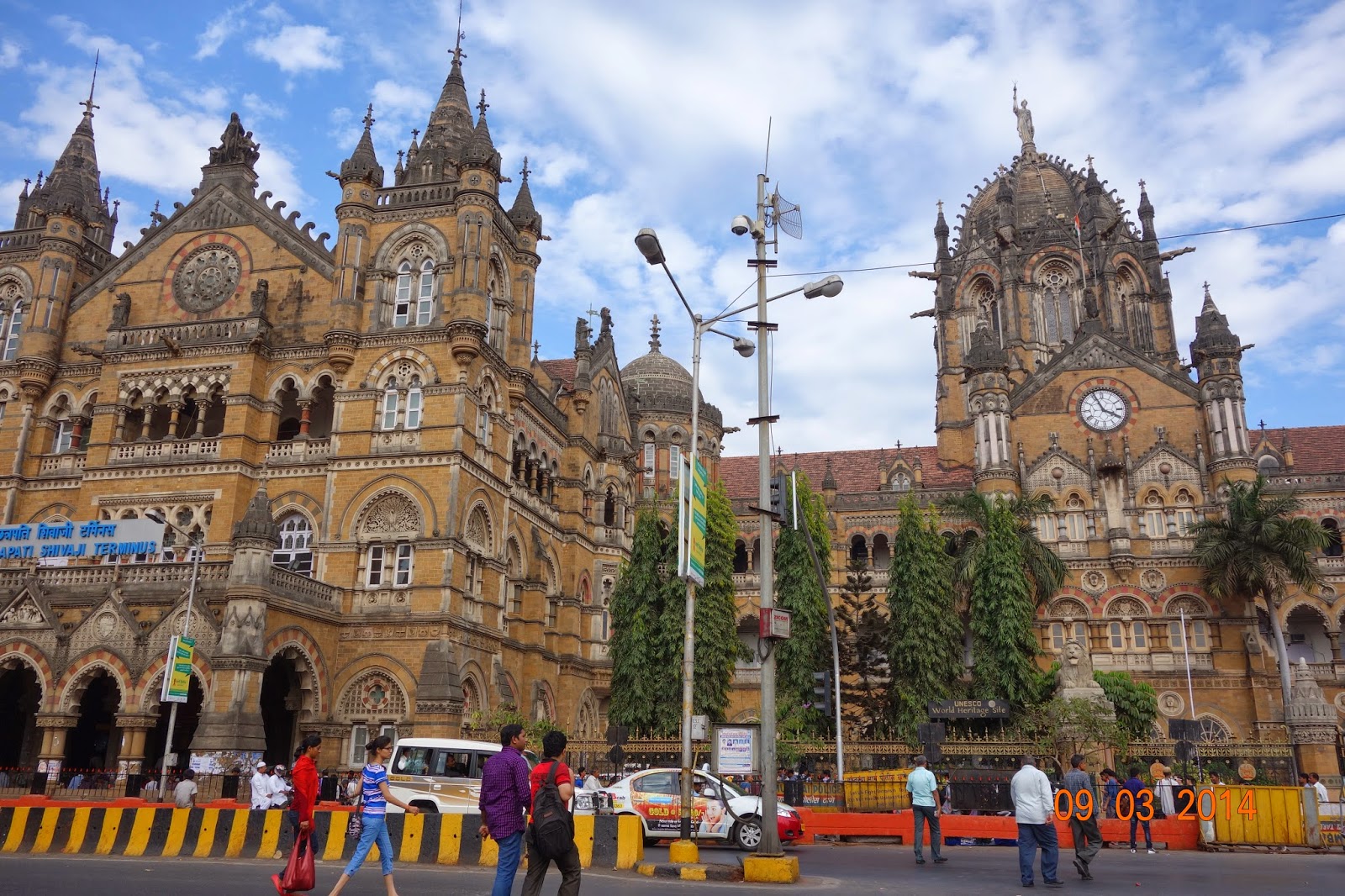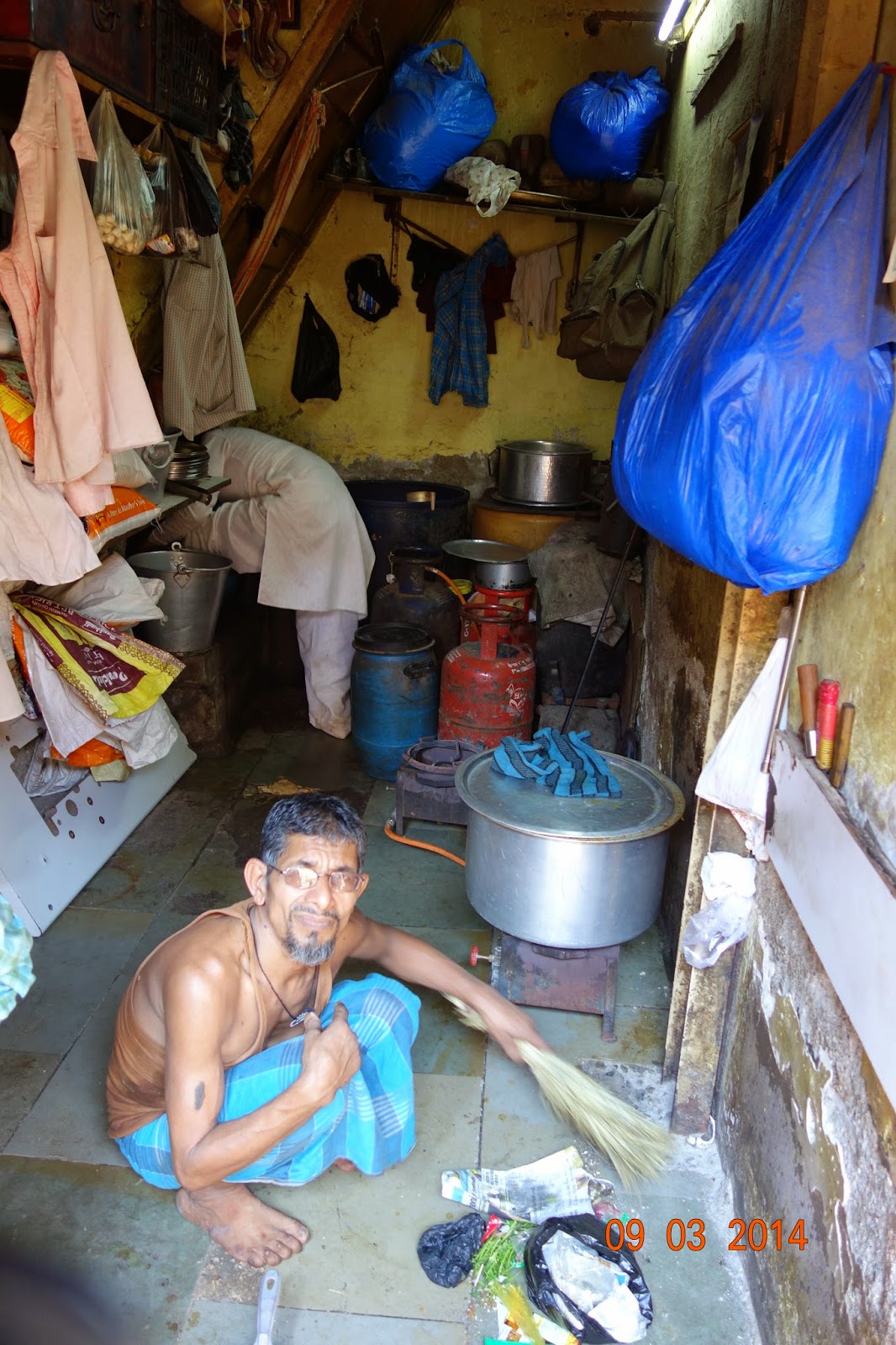Hampi is a village set in the northern part of the state of Karnataka and is about 300 miles east of Goa.
It is set amongst the extensive ruins of the capital of a former empire here in the south of India, about 500 years ago. Temples and other monuments are all that are left. Another UNESCO Heritage Site, with about 500 monuments dotted around a large area. A river dissects the village, which is an agricultural area on the northern side of the river, with which the waters are used to irrigate the paddy fields, banana plantations and coconut groves, the views are stunning.
It is charismatic even in its ruined state and in particular is a magnet for backpackers, with bolder strewn hills, unique. An open museum! Roof top restaurants catch the breezes, we sit about sipping milky chai, on mattresses strewn about for comfort, internet wi-fi and dozing, exchanging information and tales from our various travels. Handicraft sellers, massage, yoga, rock climbing, exploring the countryside in rickshaws and motor bikes.
I did a home stay with a young family, which gave greater connectedness, seeing much more of their lifestyle and culture. A 100% vegetarian village, which suited me, although I would have preferred brown rice, which is nearly impossible to find in India. The German Bakery did an amazing range of cakes and genuine coffee. Vegetable curries, banana fritters, Mexican and Italian dishes, but no McDonalds!
First sighting of Hampi ruins
The street where I stayed
One of the rooftop restaurants to chill out at
A handicraft display with singing bowls and locks
Virupaksha Temple
Scene with Virupaksha Temple
Three colourful gentlemen at the Temple
Colourful buildings in one of the streets
Boulders behind the Main Street of Hampi
Animal traffic passing dow the main street
Cake display at the German Bakery
Another congested bus (health and safety?)
A yoga clas that I attended
A coracle to cross the river
View of irrigated paddy fields
Newly transplanted banana plantation
Bananas ready for collect and ripening
Women doing the family wash
Boulders as a backdrop to paddy fields
Tranquil rural scene
Bullocks used to plough
Me and my motor bike which was used to explore the countryside


































































